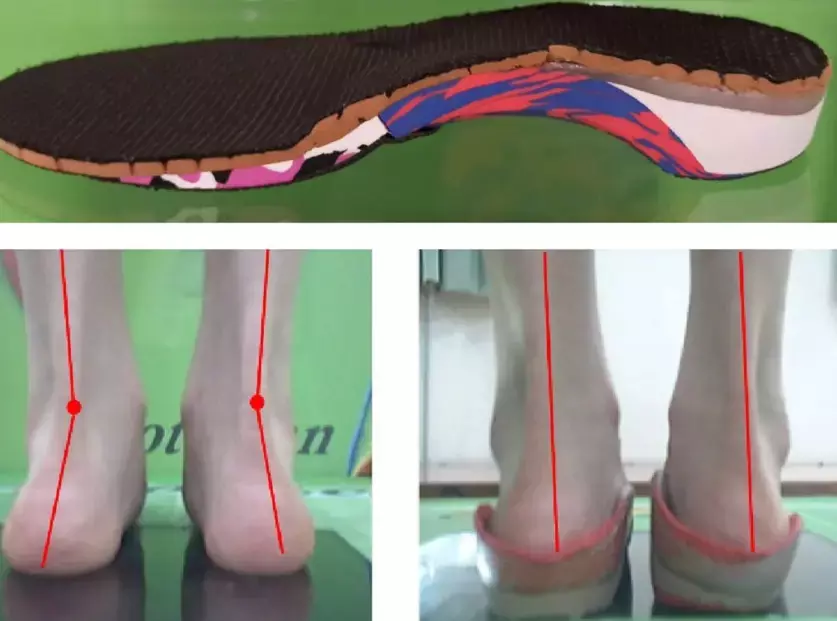- Home
- Medical news & Guidelines
- Anesthesiology
- Cardiology and CTVS
- Critical Care
- Dentistry
- Dermatology
- Diabetes and Endocrinology
- ENT
- Gastroenterology
- Medicine
- Nephrology
- Neurology
- Obstretics-Gynaecology
- Oncology
- Ophthalmology
- Orthopaedics
- Pediatrics-Neonatology
- Psychiatry
- Pulmonology
- Radiology
- Surgery
- Urology
- Laboratory Medicine
- Diet
- Nursing
- Paramedical
- Physiotherapy
- Health news
- Fact Check
- Bone Health Fact Check
- Brain Health Fact Check
- Cancer Related Fact Check
- Child Care Fact Check
- Dental and oral health fact check
- Diabetes and metabolic health fact check
- Diet and Nutrition Fact Check
- Eye and ENT Care Fact Check
- Fitness fact check
- Gut health fact check
- Heart health fact check
- Kidney health fact check
- Medical education fact check
- Men's health fact check
- Respiratory fact check
- Skin and hair care fact check
- Vaccine and Immunization fact check
- Women's health fact check
- AYUSH
- State News
- Andaman and Nicobar Islands
- Andhra Pradesh
- Arunachal Pradesh
- Assam
- Bihar
- Chandigarh
- Chattisgarh
- Dadra and Nagar Haveli
- Daman and Diu
- Delhi
- Goa
- Gujarat
- Haryana
- Himachal Pradesh
- Jammu & Kashmir
- Jharkhand
- Karnataka
- Kerala
- Ladakh
- Lakshadweep
- Madhya Pradesh
- Maharashtra
- Manipur
- Meghalaya
- Mizoram
- Nagaland
- Odisha
- Puducherry
- Punjab
- Rajasthan
- Sikkim
- Tamil Nadu
- Telangana
- Tripura
- Uttar Pradesh
- Uttrakhand
- West Bengal
- Medical Education
- Industry
Pediatric symptomatic flexible flatfoot could be relieved by wearing insoles for 2 years

Flexible flatfoot or physiological flatfoot is the most common variant of flatfoot, where the medial longitudinal arch can be seen upon dorsiflexion of the big toe or tiptoeing but disappears upon standing with weight-bearing. Symptomatic flexible flatfoot is one of the various types which need treatment. Wearing insoles is considered one of the conservative therapies, but its effects are still uncertain. Jin Li et al conducted a study to provide evidence for the efficacy of insoles treatment among school-aged children with symptomatic flexible flatfoot. The study has been published in Indian Journal of Orthopaedics.
The inclusion criteria were: (a) children aged 6 years or more, (b) treated with insoles, and (c) having a follow-up of at least 24 months. Exclusion criteria were: (a) children with pathological flatfoot, (b) having inadequate medical or physiotherapy records, and (c) follow-up period.
All children were diagnosed based on physical examination and measurement of the arch index. The children and their caregivers were informed that the children needed to receive insole treatment for at least 8 h per day. Their guardians were responsible for monitoring and recording the wearing time every day. Patient's age, body mass index, pain positions, pain frequency, valgus angle, arch index and visual analogue scale (VAS) score were collected before and after insole treatment. After obtaining the feet model with plaster and modifying its shape, the insoles were customized and prepared with polyurethane components. After six to nine months, insoles were changed according to the feet growth.
The key findings of the study were:
• A total of 32 (18 boys and 14 girls) children were included in this study.
• Among the participants, 25 children (15 boys and 10 girls) had normal BMI, while seven children (3 boys and 4 girls) were overweight. Most overweight children had pain in the plantar arch, and only one of them had pain in the plantar heel.
• The results showed that wearing insoles for 2 years caused a significant improvement in pain frequency, valgus angle, arch index and VAS score.
The authors concluded that – "This study indicated that pediatric symptomatic flexible flatfoot could be relieved by wearing insoles for 2 years. Insole treatment might be a workable option for pediatric symptomatic flexible flatfoot in children older than 6 years old."
Further reading:
Effect of Insoles Treatment on School Age Children with Symptomatic Flexible Flatfoot: A 2 Year Follow Up Study
Jin Li, Zimo Yang et al
Indian Journal of Orthopaedics (2022) 56:1985–1991
https://doi.org/10.1007/s43465-022-00698-1
MBBS, Dip. Ortho, DNB ortho, MNAMS
Dr Supreeth D R (MBBS, Dip. Ortho, DNB ortho, MNAMS) is a practicing orthopedician with interest in medical research and publishing articles. He completed MBBS from mysore medical college, dip ortho from Trivandrum medical college and sec. DNB from Manipal Hospital, Bengaluru. He has expirence of 7years in the field of orthopedics. He has presented scientific papers & posters in various state, national and international conferences. His interest in writing articles lead the way to join medical dialogues. He can be contacted at editorial@medicaldialogues.in.
Dr Kamal Kant Kohli-MBBS, DTCD- a chest specialist with more than 30 years of practice and a flair for writing clinical articles, Dr Kamal Kant Kohli joined Medical Dialogues as a Chief Editor of Medical News. Besides writing articles, as an editor, he proofreads and verifies all the medical content published on Medical Dialogues including those coming from journals, studies,medical conferences,guidelines etc. Email: drkohli@medicaldialogues.in. Contact no. 011-43720751


